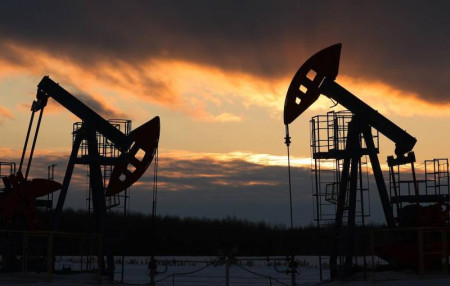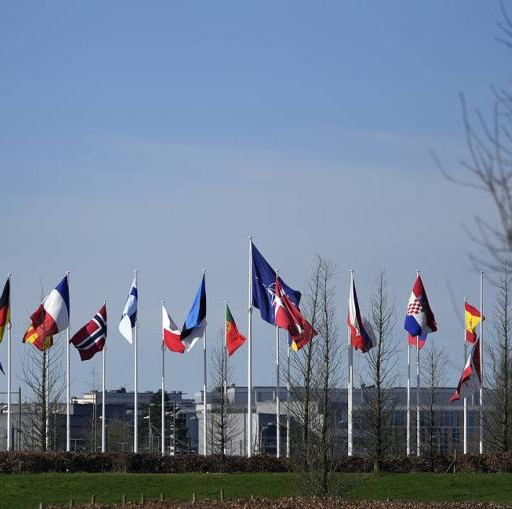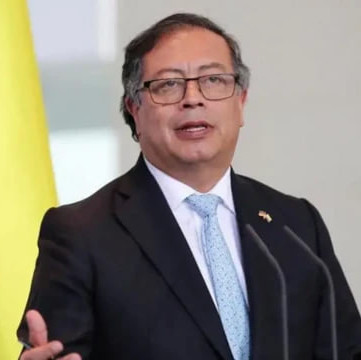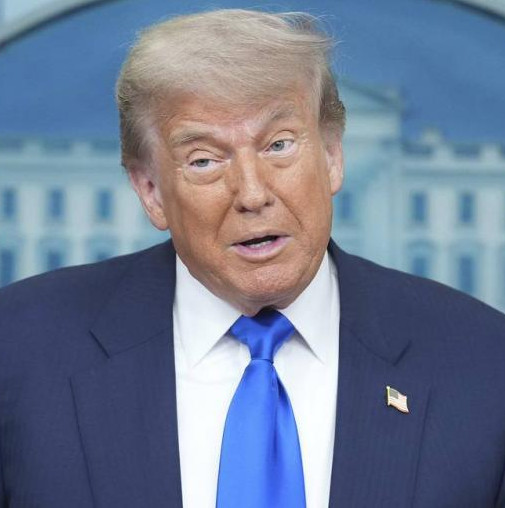
The global oil market is featuring a pre-storm sentiment. October barrel prices grow amid the aggravating geopolitical situation in the Middle East. The price of Brent crude has been up to $79 — a record high since August 30.
The quotes rose sharply early in the decade amid Iran's missile attack on Israel, which increased fears that the Middle East was heading for a full-scale regional war that could disrupt energy supplies to the world market. Now Israel has been threatening to retaliate against Iran's oil industry facilities.
The deeper Tehran engages in the conflict, the bigger the risk of actual disruptions in hydrocarbon supplies. As emotions run high the price increase still looks quite modest. This may reflect the market’s better immunity to what is going on in the Middle East, with its yet another political escalation lasting as long as a year already.
But today the agenda does the risk of a blocked Strait of Hormuz (connecting the Persian and Oman Gulfs), through which some 20 percent of world oil consumption is transported, along with the same amount of the global LNG supplies.
Goldman Sachs (GS) analysts believe that in case of attacks against Iranian oil infrastructure, Brent price may rise by $20 from its current level. But if Hormuz gets closed, a $150 per barrel won’t seem that high, though. However, scenarios of the kind still do not seem obvious so far. The US authorities will do their best to prevent oil prices from "arcing into space" before the presidential election, as this would promptly affect fuel costs at American gas stations, with such a social blow able to "unbalance" the votership.
In the meantime, mass media keep bandying about increasingly radical forecasts. For example, Chief Strategist Commodities at SEB Norway Bjarne Schildrop believes that oil prices could exceed $200 p/b if Iran's oil facilities are destroyed, CNBC reports. In that context, the reserve production capacities of OPEC+ would be significantly reduced.
BMI experts are generally at one with SEB's forecast in their price scenarios for the barrel, predicting that a full-scale war in the Middle East would bring the price of Brent crude beyond $100 p/b, and a potential closure of Hormuz threatens prices reaching $150 p/b or higher.
Meanwhile, OPEC+ held a meeting of its ministers, which expectedly yielded no surprises. On October 2, the OPEC+ Monitoring Committee abstained from issuing recommendations on plans to start gradually reviving oil production, reaffirming its commitment to the current deal parameters on cutting the output.
At the meeting of the OPEC+ Ministerial Monitoring Committee, Iraq, Kazakhstan and Russia confirmed to have fully implemented agreements reached between the bloc’s member states, as per September, the OPEC website reported. Reuters sources noted that the meeting focused on the parties' compliance with their obligations, and this aspect is expected to remain relevant in the coming weeks, especially with regard to Iraq and Kazakhstan.
The latter two plus Russia have confirmed readiness to follow deal parameters and compensation plans, the OPEC communique says. The Monitoring Committee has also held separate meetings with the three countries’ representatives to discuss the level of oil production in September. The next meeting of OPEC+ ministers is set to take place on December 1.
The latest session was accompanied by a speculative media coverage: for example, The Wall Street Journal reported Saudi Arabian threats to disobedient OPEC+ members with an oil price of $50 per barrel. In saying so, the newspaper referred to representatives of the group of oil producers. The OPEC secretariat reacted to the piece in a prompt and critical way, calling it a lie.
Whatever the case, the current phase of oil price growth has been brought about by geopolitics alone. This implies that OPEC+ may remove some of its voluntary self-restrictions without excessive risk. At least, there is definitely no reason for more production cuts. Which Moscow deems as truly positive, by the way.


